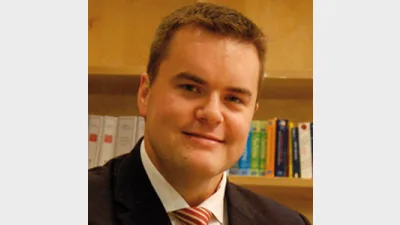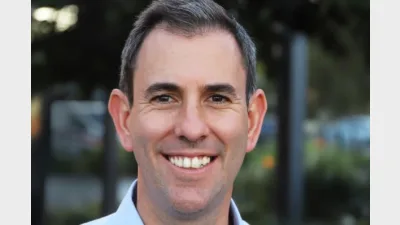Equity demands reintroduction of LISC, accountants claim



The Institute of Public Accountants (IPA) has lent its weight to industry superannuation funds and others urging the Federal Government to reintroduce the Low Income Superannuation Contribution (LISC).
The IPA has used its pre-Budget submission to argue the case for reintroduction of the LISC, with its chief executive, Andrew Conway, saying that in its absence there was little incentive for low income earners to put away extra money in their superannuation.
"This affects approximately 3.6 million Australians who have had their incentive to save extra superannuation diminished and who are likely to become reliant on government assistance in their retirement years," he said. "Furthermore, those earning between the tax-free threshold and $37,000 will be taxed at just 19 per cent, only marginally better than the tax payable by their super fund."
Conway said Australia needed to build an equitable superannuation system that helped those who needed assistance to save for their retirement.
"Up until the 2008-09 financial year, the government co-contributions scheme provided up to $1,500 in assistance to low income earners who made additional superannuation contributions. This has since been reduced to $500," he said. "For someone currently aged 25 years, an additional contribution of $500 per year is likely to lead to an increased superannuation balance at age 65 of approximately $140,000."
Recommended for you
The pace of economic growth in Australia is expected to “grind higher over coming quarters” off the back of lower inflation, falling interest rates, and a robust labour market, Deloitte has said.
The superannuation sector has welcomed confirmation that a controversial US tax provision will be removed.
A new analysis from environmental finance group Market Forces has reportedly discovered that AustralianSuper is on the b...
Treasurer Jim Chalmers has held talks with US Treasury Secretary Scott Bessent, intensifying efforts to resolve concerns over section 899 of the proposed “Big Beautiful Bill” in the United States.












